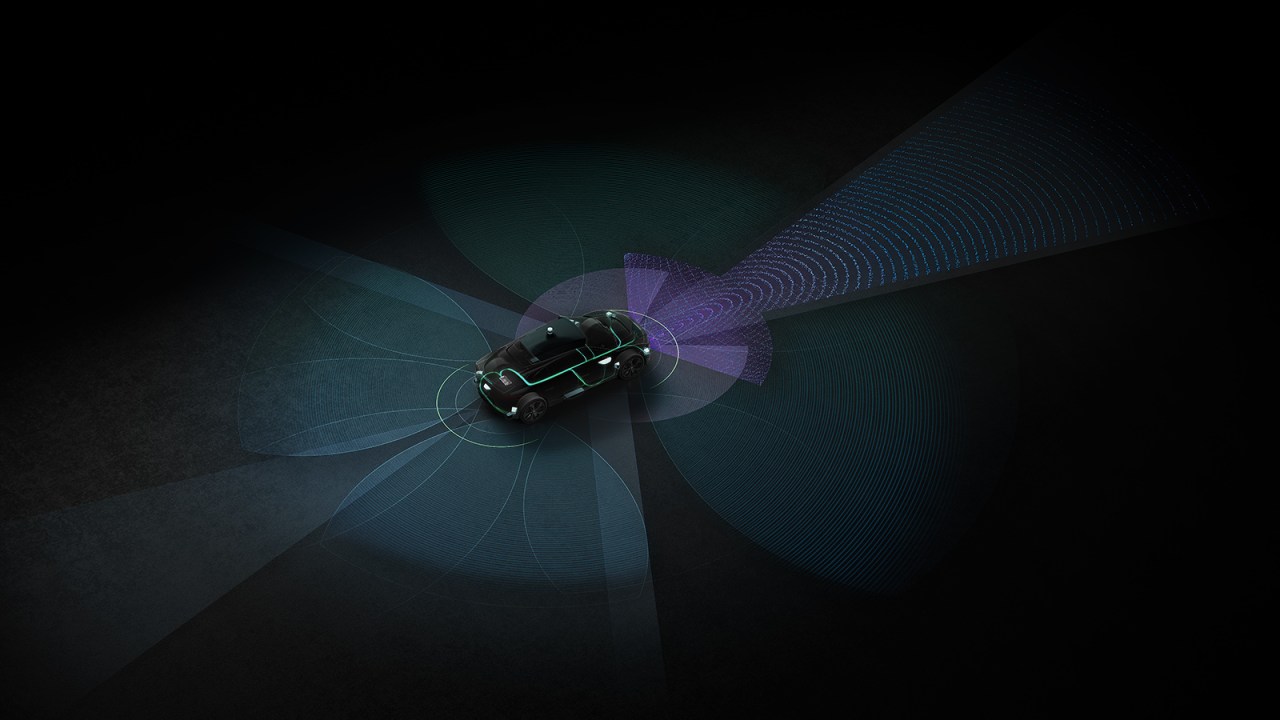In a world where electric vehicles and autonomous driving are rapidly becoming the norms, staying ahead of the competition is essential for automakers. The latest players to augment their arsenal of advanced features are BYD, the Chinese electric vehicle giant, and Lucid Motors, the American luxury EV maker. By integrating Nvidia’s cutting-edge self-driving toolkit, these companies are reshaping the automotive landscape. In this blog post, we will explore how this collaboration is set to transform the future of driving.
Understanding the Drive Hyperion Platform
Nvidia’s Drive Hyperion is essentially a comprehensive platform that combines computing power with an array of sensors tailored for various types of vehicles. Whether it’s private passenger cars, robotaxis, or freight trucks, Hyperion is designed to boost their autonomous capabilities significantly. It provides an essential backbone that enables the integration of software-defined features, such as intelligent parking and advanced driver assistance systems (ADAS).
A Leap Towards Advanced Autonomy
BYD’s decision to utilize Nvidia’s Hyperion 8 architecture marks a strategic move towards creating new energetic vehicles equipped with superior automated driving features. With an astonishing computing capability, Nvidia’s Drive Orin SoC operates at an impressive rate of 254 trillion operations per second, facilitating the execution of complex machine learning algorithms and decision-making processes.
- **Advanced computing:** The Drive Orin addresses the vast computational demands necessary for implementing autonomous features.
- **Data-driven development:** Companies like BYD recognize that creating software-defined vehicles involves processing millions of miles of driving data.
Honing in on Lucid Motors
Meanwhile, Lucid Motors is making waves with its DreamDrive Pro ADAS, which leverages Nvidia’s platform. Every Lucid Air sedan employs an Nvidia SoC for optimal performance while relying on a sophisticated matrix of 14 cameras, one lidar, five radars, and 12 ultrasonic sensors.
- **Custom software stack:** While using Nvidia’s hardware, Lucid has also developed an in-house software suite aimed at maximizing the features of its vehicles.
- **Future collaborations:** Lucid has hinted at deeper partnerships with Nvidia to further enhance its offerings in the coming years.
The Broader Impact of Nvidia’s Ecosystem
The implications of Nvidia’s ecosystem extend far beyond just BYD and Lucid Motors. The company’s automotive pipeline now boasts a staggering $11 billion projection for the next six years, indicating a booming interest in automated driving technologies. Other notable players such as JiDU, Polestar, and Xpeng are also joining the ranks, making the landscape increasingly competitive.
With its advanced architectures, Nvidia plans to release the Hyperion 9 by 2026, which will further enrich the sensor suite, including 14 cameras, nine radars, three lidars, and 20 ultrasonic sensors. This expanded configuration promises a more comprehensive view of the vehicle’s surroundings, significantly enhancing safety and awareness for drivers.
Conclusion: The Future is Bright
The partnership between BYD, Lucid Motors, and Nvidia highlights a pivotal turn in the automotive industry where making driving less of an active pursuit and more of a relaxed experience is not merely a dream. With such advancements in self-driving technology and continuous over-the-air updates, these companies are poised to redefine electric vehicles and autonomous driving as we know it.
At fxis.ai, we believe that such advancements are crucial for the future of AI, as they enable more comprehensive and effective solutions. Our team is continually exploring new methodologies to push the envelope in artificial intelligence, ensuring that our clients benefit from the latest technological innovations.
For more insights, updates, or to collaborate on AI development projects, stay connected with fxis.ai.

